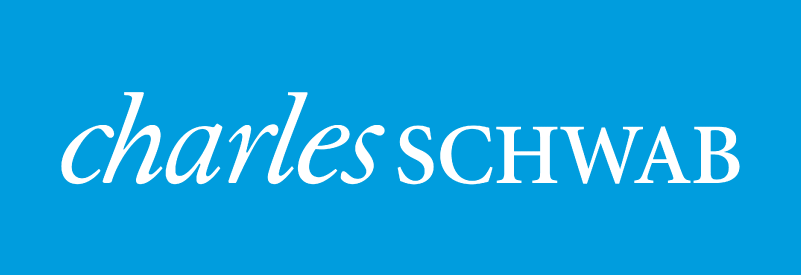June put a bow on a very friendly first half 2017 for global equity investors but a quiet month it was not. Comey congressional testimony, a Fed rate hike, closely watched elections in France and the U.K., and ample central bank narratives dominated the headlines. Markets absorbed the information in step and, as opposed to recent years, we enter the second half of the year without a tangible dark shadow akin to the Greek debt crises or Brexit weighing heavily on sentiment. Global economy, corporate profits, and the trajectory of central bank accommodation will be key focal points for risk assets looking forward.
Key Market Anecdotes:
- A decent June enabled the S&P to turn in its best first half performance in four years while the NASDAQ posted its best result since 2009. The U.S. dollar lost ground for a fourth consecutive month providing a boost to small caps, international developed, and emerging market equities.
- Since early June, the market has rotated out of what HAD been working on the year (mega cap, tech, high P/E, international revenues) into the areas that HAD NOT been working on the year (small cap, low P/E, high dividend, U.S. revenues).
- From a sector standpoint, financials and healthcare stocks were clear winners while technology and defensives like utilities, consumer staples, and telecom stocks struggled. Banks were helped by passing the Fed’s stress test which unleashed a windfall $390 billion in stock repurchases. According to Birinyi Associates, JPMorgan, Citi, and Bank of America’s $92.8 billion of buybacks set a single-day record on data that goes back to 1984.
- Highlighting benign volatility, Bespoke noted it has been over 250 trading days since the S&P 500 had a 5% correction, the longest streak since 1996. Only once in history (1995) has the S&P 500 experienced a smaller drawdown in the first half of the year.
- In June, the CAPE Shiller P/E crossed above 30x for the third time in history, the others being August ‘29 and June ‘97. What happened after August 1929 is well documented. Post June 1997, the market proceeded to rally 80% to a 43x peak multiple in March 2000.
- Investors are anxious that the BoE and ECB will be joining the Fed and begin to normalize monetary policy. Historically high correlations between interest rate volatility (MOVE) and equity market volatility (VIX) is a sign that the stock market won’t appreciate rising interest rates.
- In a sign of the times, Argentina, having defaulted on its debt eight times in the past 200 years, issued 100-year sovereign debt during the month. Yield free risk anyone?
- Risk markets appreciated a push back against the populist movement with a French parliamentary victory for the Macron/centrists and a May/conservative party defeat in the U.K. snap elections. The French parliamentary victory gave Macron’s political party, formed just last year, the first minor party to hold a majority in the French parliament since WWII. The U.K. snap elections will make Brexit negotiations, which officially began last month with David Davis meeting with the EU’s chief negotiator, a more difficult proposition.
- Elevated U.S. oil production pushed energy stocks into bear market territory (-20%). U.S. production is up 7.3% since OPEC announced plans to cut production in November 2016 and active rig counts are at a 2-year high.
- DJT’s push for tax and healthcare reform is looking less likely with each passing day. However, the market friendly deregulation agenda is clearly on track. The number of pages (96,994) in the Federal Register grows nearly every year and is one measure of Federal regulatory activity. If the deregulatory pace of the first half of 2017 is maintained, the year-end volume will fall to 61,229 pages, a 40% drop, which has never happened in history.
Economic Anecdotes:
- The U.S. job market remained robust throughout June adding to the record streak of 121 consecutive weeks of sub 300,000 jobless claims. The unemployment rate stands at 4.4%.
- Final Q1 U.S. GDP was revised higher, from 1.15% to 1.42%. The U.S. economic expansion has now reached 8 years, making it the third longest expansion in the post-war era.
- Core PCE, the inflation indicator closely watched by the Fed fell to 1.4% annual clip in May, a third decline in a row for the yearly rate and the weakest showing in 1 ½ years.




Leave a Reply